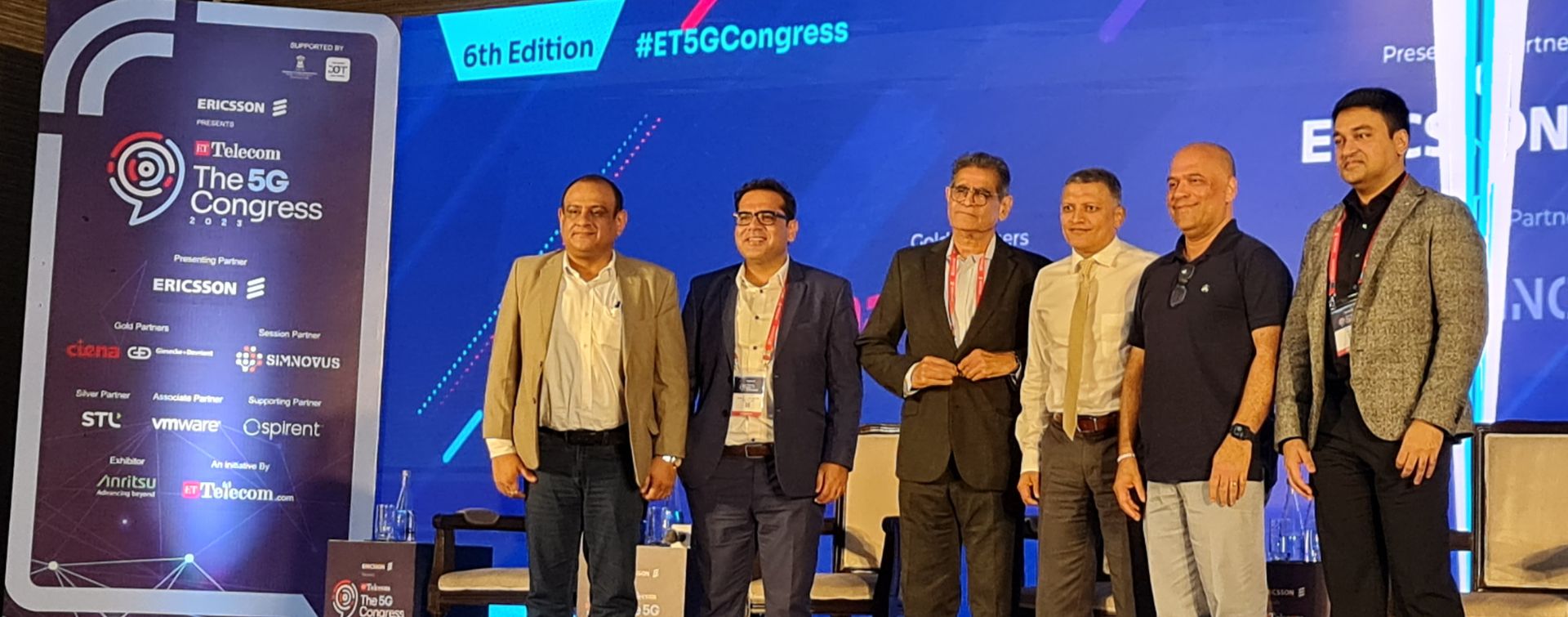Building India’s 5G network for a sustainable return on investment
India’s Mobile Network Operators (MNOs) today face a challenge: scaling current 4G service, while keeping prices low for their subscribers, and facing the competitive pressure of being among the first in the nation to offer 5G.
Although 5G provides great opportunity for India’s economy and society, it also requires the greatest technical leap of any wireless generation from 1G to date, with an accompanying investment throughout the wireless and wireline network domains. Therefore, MNOs are not only grappling with the right technical strategy for turning on 5G services, but also trying to maximize return on their investment. The common combination for how to do so is to make the most cost-efficient network upgrades to 5G possible, while on the product and pricing side, offer new 5G-centric services to end customers with a differentiated quality of experience for end-users, both humans and machines.
With low average revenues per user in India, it is evident that MNOs face a daunting task of continuing to scale 4G while investing in 5G to stay in line with global trends of making the latest technology available to the broader population, all the while finding ways to control costs.
Another key consideration is ensuring your 5G network is built to last – through 10 years or more of unpredictable changes in how India’s consumers and businesses interact with technology.
So, what goes into a 5G network that helps maximize return on investment, and is built to last?
1.) To build your 5G network to last, minimize vendor lock-in during your initial upgrade. What if your locked-in vendor doesn’t innovate at the pace you need to successfully compete for India’s subscribers? Well – you would be stuck until the next generation network is upon us. Ciena is leading an industry transformation toward open, standards-based networks for this very reason.
2.) Maximize investment returns by converging 4G and 5G xHaul (fronthaul, midhaul, and backhaul) traffic onto an open, simple, and common transport network.
3.) Support a broad range of 5G-centric applications for your end customers by using open software to monetize vendor-agnostic network slicing.
4.) Intelligently automate networks because the significant increase in the number of connections associated with 5G, primarily due to connected IoT, and the speed at which they need to be created, place automation in a pivotal role.
At Ciena, our customers are working with us to find new ways to migrate 4G networks, or, in some cases, build new 5G networks altogether, all the while ensuring the safety of their journey to 5G by eliminating vendor lock-in. In fact, some of the world’s first 5G traffic is carried on Ciena wireline technology on multiple continents.
We’ve recently announced several new products and capabilities to our 5G Network Solutions. A visit to our 5G demo lab in our Gurgaon office will give you better perspective of our new routing platforms that simplify migrating from 4G to 5G by supporting both on the same infrastructure by converging xHaul traffic. This is possible while handling unpredictable traffic patterns with architectural principles for The Adaptive Network™ with intelligent, closed-loop automation.
In the meantime, let us know in the comments if you have any questions on planning your 5G network, and check out our collection of 5G network insights.












